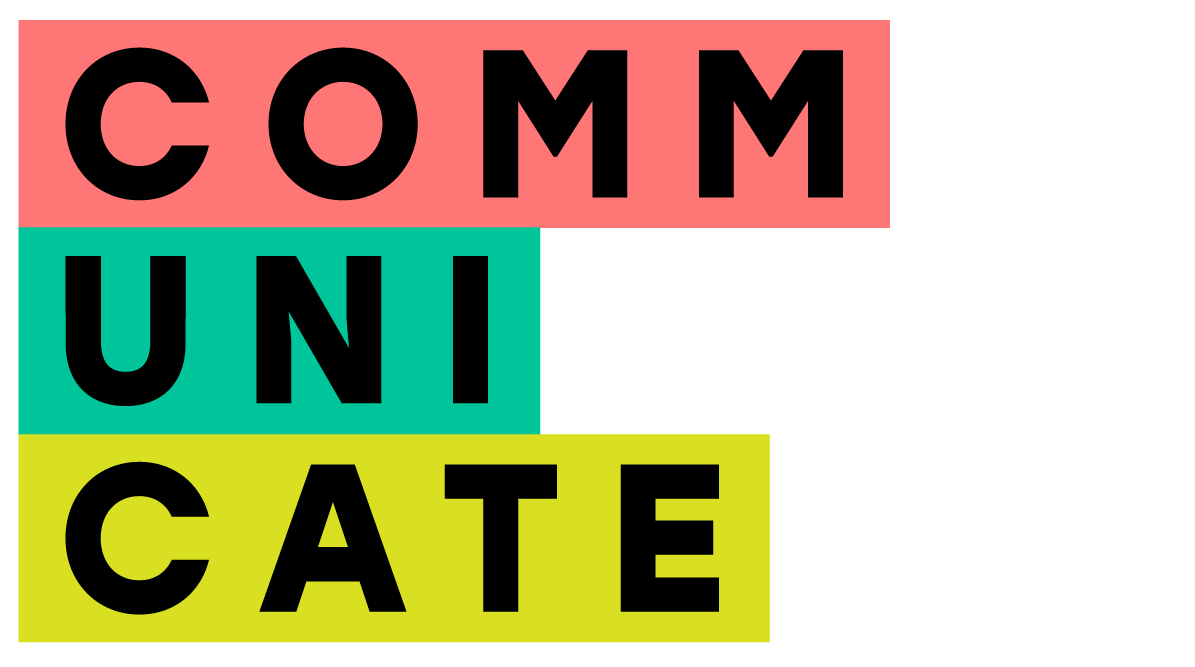5 Strategies for Inclusive Marketing Communication
In today's diverse world, marketing that resonates with a broad audience is no longer a nicety – it's a necessity. This is where inclusive communication comes to the forefront. Inclusive marketing communication strives to represent the diversity of your audience in your messaging and visuals. It goes beyond simply including diverse models; it's about using language that avoids stereotypes, portrays people of all backgrounds authentically, and ensures your marketing materials are accessible to everyone.
By fostering a welcoming environment through thoughtful language and imagery, you can connect with a wider customer base, strengthen brand loyalty, and build a reputation for authenticity.
So, how can you ensure your marketing messages are inclusive? Let's delve into the key elements and explore how to implement them for a winning strategy for both internal and brand marketing.
Understanding Your Audience: The Foundation of Inclusivity
The first step is acknowledging that your audience is full of a variety of people. They come from varied backgrounds, abilities, and experiences. Conduct market research and gather diverse perspectives to understand your target demographic.
Here are some key aspects to consider:
Diversity: This encompasses factors like race, ethnicity, gender identity, sexual orientation, age, religion, socioeconomic status, and ability.
Accessibility: Is your marketing material accessible to people with disabilities? Think about using alt text for images, closed captions for videos, and ensuring clear and concise language.
Cultural Nuances: Be mindful of cultural sensitivities when using language, imagery, and humor.
Crafting Inclusive Language: The Power of Words
The words you choose have the power to connect or alienate. Here are some tips for crafting inclusive language:
Person-first language: Focus on the person, not their disability. For example, say "person with a visual impairment" instead of "visually impaired."
Active voice: Active voice is clearer and more engaging. Instead of "A mistake was made," say "We made a mistake."
Plain language: Avoid jargon and technical terms. Explain complex concepts in a way that's easy to understand.
Showcasing Diversity Through Imagery
Visuals are a powerful storytelling tool. Here's how to ensure your images are inclusive:
Representation matters: Show a diverse range of people in your marketing materials. Age, ethnicity, gender, socioeconomic backgrounds, body types, and abilities should all be reflected.
Authentic representation: Go beyond tokenism. The people you feature should be genuinely engaged with the product or service.
Accessibility considerations: Use high-contrast colours and ensure images are clear for people with visual impairments.
Benefits of Inclusive Communication: A Win-Win Situation
By prioritising inclusive communication, you're not just doing the right thing – you're also making smart business decisions. Here are some of the benefits:
Stronger brand reputation: Consumers are increasingly drawn to brands that embrace diversity and inclusion.
Wider reach: Inclusive marketing allows you to connect with a broader customer base.
Increased brand loyalty: Customers who feel seen and valued are more likely to be loyal to your brand.
Enhanced creativity: A diverse team fosters a more creative environment, leading to innovative marketing campaigns.
So, What Are The Inclusive Marketing Best Practices?
To summarise, here are five key strategies to help you implement inclusive communication in your marketing:
Know Your Audience: Conduct thorough research to understand the demographics and interests of your target audience.
Use Inclusive Language: Avoid jargon, stereotypes, and gendered language. Opt for clear, concise, and respectful language that welcomes everyone.
Diversify Your Visuals: Showcase a variety of people in your marketing materials, ensuring representation across different ethnicities, ages, abilities, and body types.
Accessibility Matters: Make sure your content is accessible to people with disabilities. Use alt text for images, provide transcripts for videos, and ensure clear colour contrast for text.
Authentic Representation: Don't just include diverse faces – tell stories that resonate with their experiences. Feature real people in your marketing, not stock photos, and partner with diverse creators.
By embracing these practices, you can create marketing that resonates with everyone, fostering a more connected and successful brand.
Want to learn more about how to integrate inclusive communication into your marketing plan? Book a free call with our team to discuss your specific DEI needs and concerns, or take a look at our comprehensive Workshop Training Guide to discover the DEI training workshops we offer.
